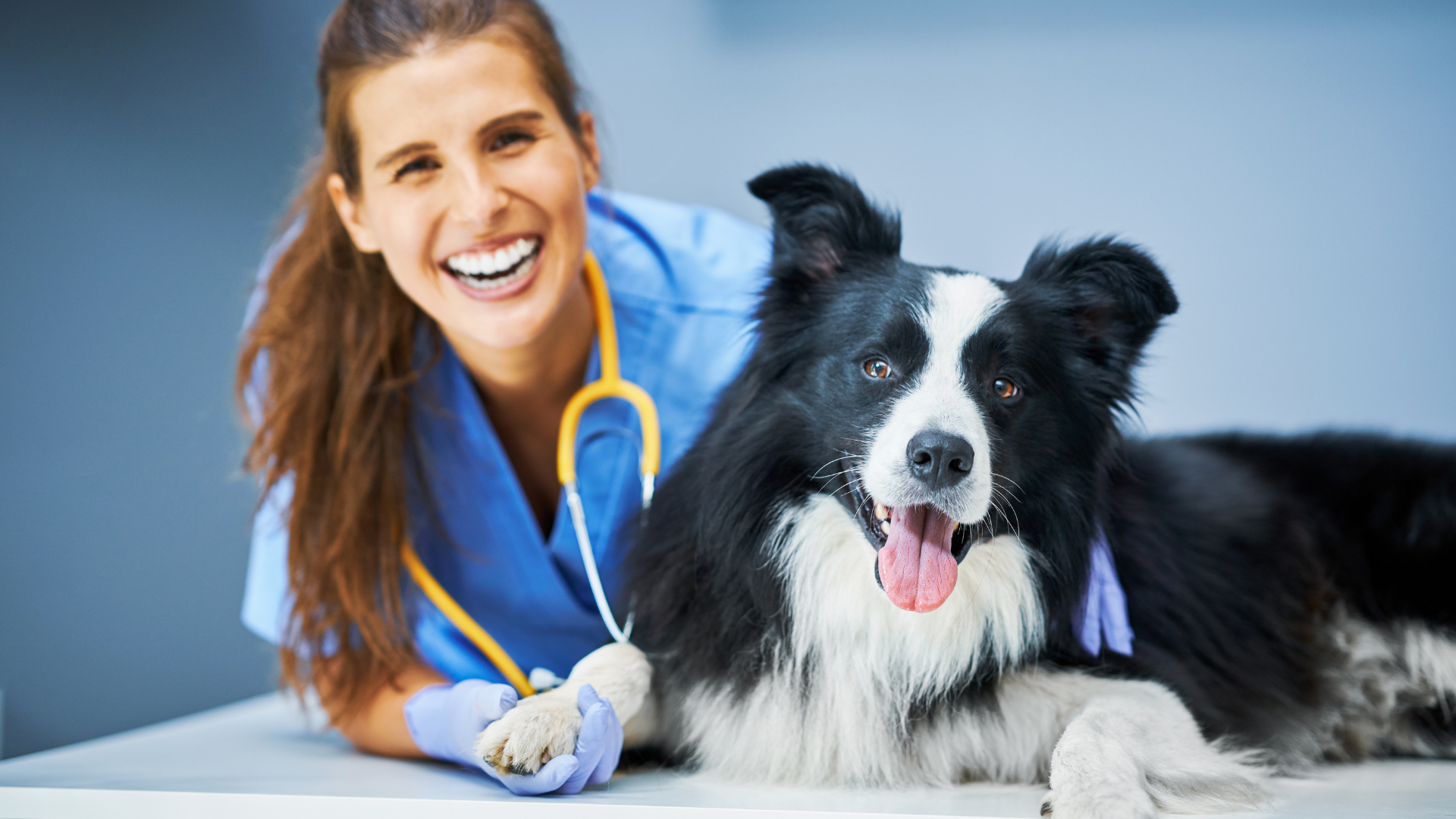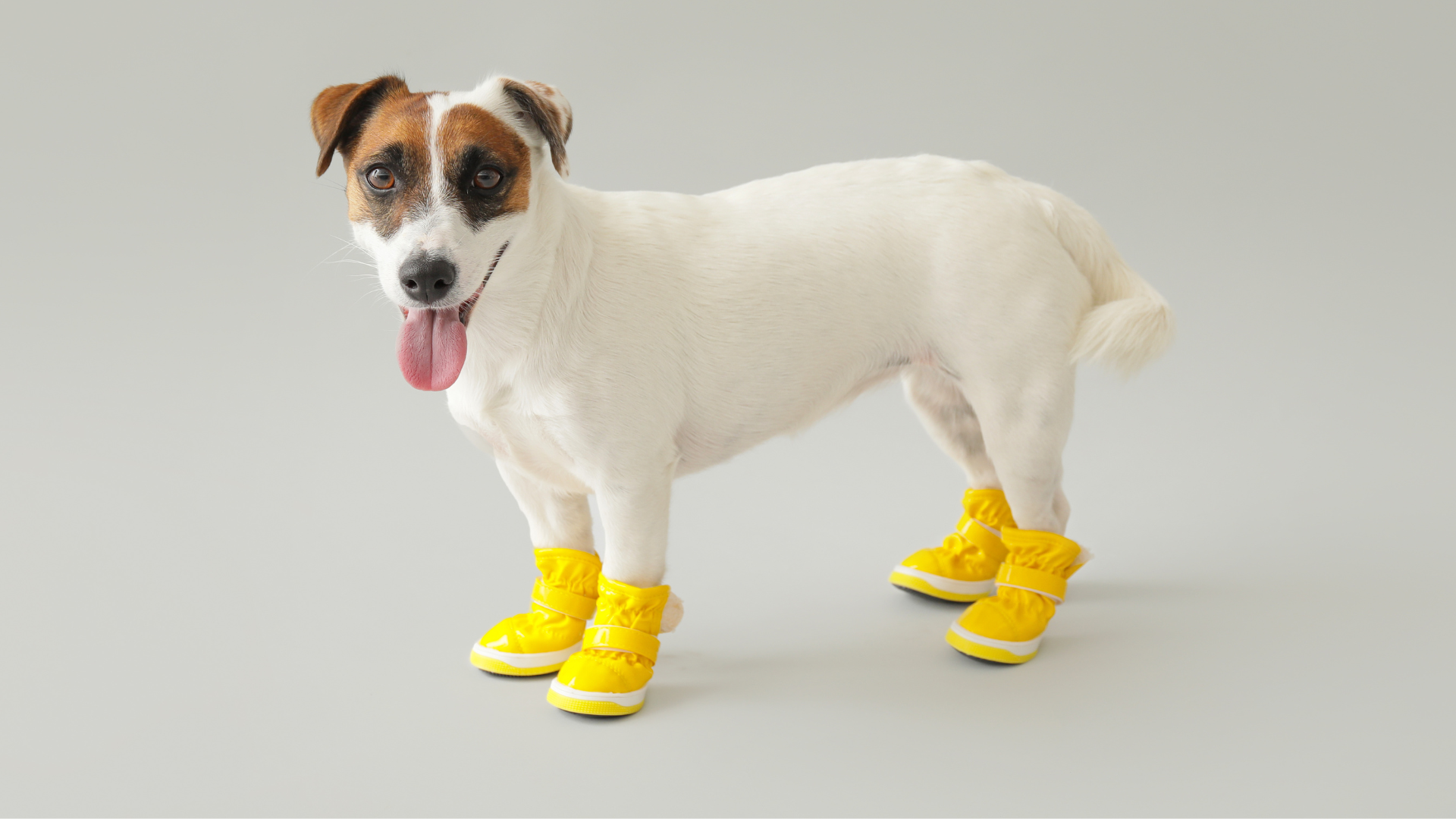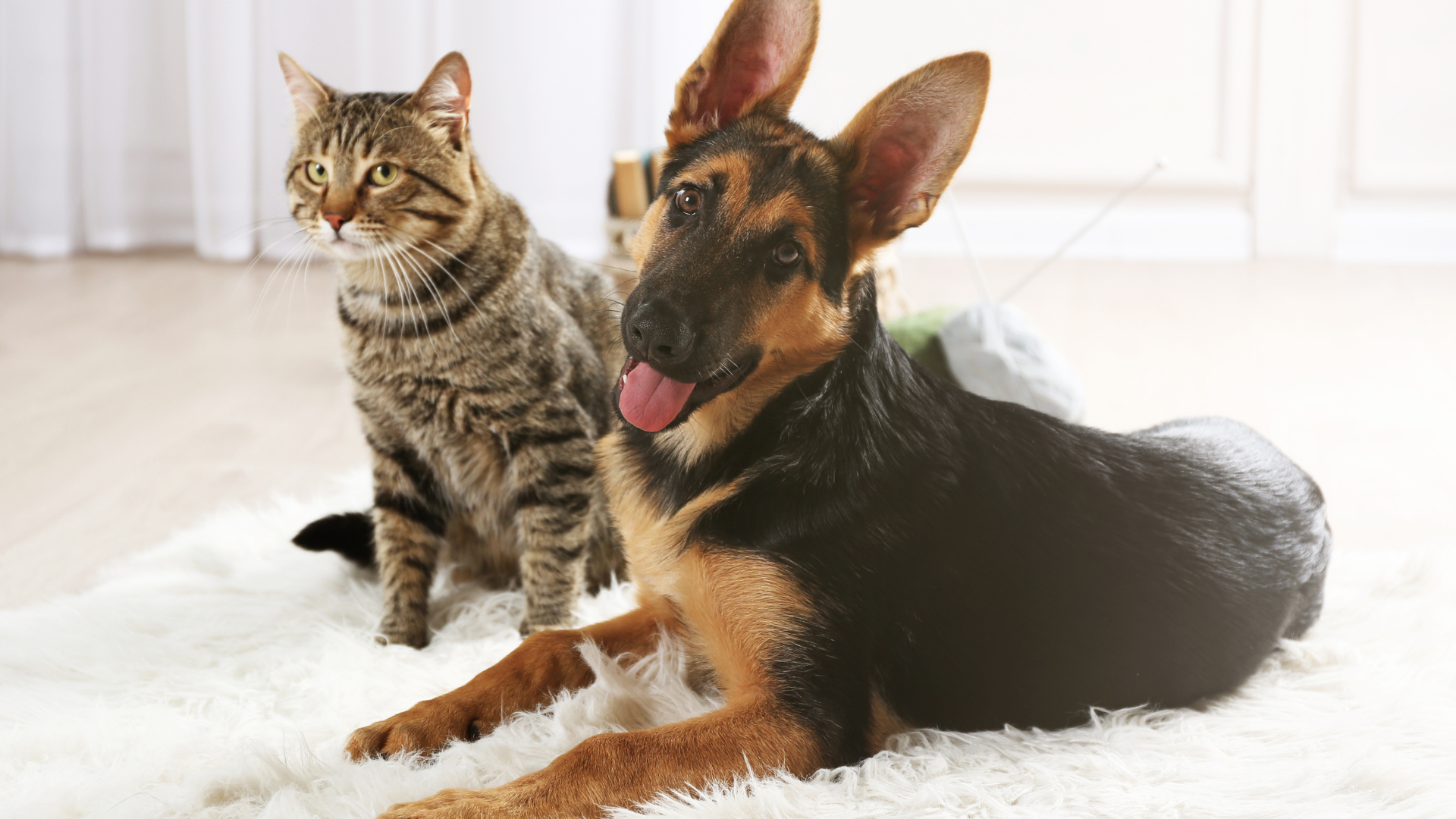In the intriguing YouTube video What's the Difference Between Wolf vs Dog, posted by the Thera Planet channel, the video explores the fascinating similarities and significant differences between wolves and dogs, both of which are part of the Canidae family. Although they share a common ancestor, the evolutionary paths of these animals have diverged greatly. The video dives into how their behaviors, physical traits, and interactions with humans have developed differently over time.
While wolves remain wild animals, adapted to harsh environments, dogs have been domesticated and evolved alongside humans, forming unique relationships with us. In this blog, we'll explore the key insights from the video, shedding light on the scientific and behavioral aspects that separate these two remarkable species. We’ll also discuss how these differences influence our pets' needs and how understanding these traits can improve how we care for our pets.
The Genetic Connection Between Wolves and Dogs
Wolves and dogs both belong to the same species, Canis lupus, and share a common extinct ancestor. This relationship was once thought to be more distant, but recent studies have classified them as subspecies of Canis lupus. Despite their close genetic ties, they have evolved in ways that make them remarkably different in terms of behavior, physical traits, and interaction with humans. Wolves, as wild animals, have retained many traits that help them survive in the wild, while dogs have adapted to life with humans, resulting in significant differences.
Physical Differences: Adaptations to Their Environments
One of the most noticeable differences between wolves and dogs lies in their physical traits, which are closely tied to their respective environments and needs.
Wolves: Built for the Wild
Wolves have a robust, streamlined physique designed for survival in the wild. They have larger heads, long legs, narrow chests, and webbed paws, which make them exceptional hunters and travelers in harsh environments. These traits are essential for running at high speeds, hunting large prey, and surviving in diverse conditions. Wolves’ physical adaptations are shaped by the need to chase down prey, cover vast distances, and endure extreme weather.
Dogs: Varied and Selectively Bred for Human Needs
Dogs, on the other hand, have evolved into a wide variety of shapes and sizes, thanks to selective breeding by humans. Whether it's the tiny Chihuahua or the large Great Dane, dogs’ physical forms vary significantly, often based on human needs or aesthetics rather than survival. This wide variety in size and shape demonstrates how domestication has shaped dogs' evolution, allowing them to fit into nearly every environment, from homes to workplaces, and even performing specialized tasks like herding or guarding.
Reproductive Cycles: Nature vs. Nurture
Wolves and dogs also differ in their reproductive cycles, which are influenced by their wild versus domesticated lifestyles.
Wolves: Seasonal Breeding
Wolves have a strict seasonal breeding cycle, typically reproducing only in the spring. This timing ensures that their pups are born when food is abundant, giving them a better chance of survival. The short window for reproduction is an adaptation to the harsh conditions wolves face, where the availability of food can dictate survival.
Dogs: Year-Round Breeding
In contrast, dogs can reproduce year-round, a trait that reflects their domesticated lifestyle. Since dogs are protected from the harsh elements and have a steady food supply due to their close association with humans, they can breed more frequently, leading to a higher number of litters per year. This reproductive flexibility is one of the key reasons dogs have become so widespread and successfully integrated into human lives.
Sensory Differences: Eyes and Senses Adapted to Their Needs
Another significant difference between wolves and dogs lies in their sensory abilities, specifically their eyes.
Wolves: Uniform Eye Color
Wolves have yellow or amber eyes, which are suited for their nocturnal or crepuscular lifestyle. These eye colors help them see better in low-light conditions, which is essential for hunting during dawn or dusk. Wolves rely heavily on their keen senses of sight and smell to hunt large mammals, and their eyes have evolved to optimize this process.
Dogs: A Wide Range of Eye Colors
Dogs, on the other hand, exhibit a wide variety of eye colors, including brown, blue, and even green, thanks to selective breeding. Unlike wolves, dogs have fewer natural selection pressures, as they live in environments where human care provides them with safety and protection. This has led to a broader diversity of eye colors and other traits that might not be necessary for survival but have been encouraged by human preference.
Neoteny: The Childlike Traits in Dogs
One of the most fascinating features of dogs, particularly when compared to wolves, is a phenomenon known as neoteny.
Wolves: Early Maturity
Wolves mature quickly and lose their juvenile traits at an early age, which is crucial for their survival. As wild animals, wolves need to become independent and self-sufficient to survive. Their rapid development helps them integrate into the pack structure, where they learn essential survival skills such as hunting and protecting the territory.
Dogs: Lifelong Juvenile Traits
Dogs, however, retain many juvenile characteristics into adulthood, such as floppy ears, big eyes, and short snouts. This phenomenon, known as neoteny, likely evolved because it increases dogs' appeal to humans, making them more socially engaging and endearing. Dogs’ juvenile traits promote emotional bonding, making them better companions and caretakers. This human-dog connection is one of the reasons why dogs have become such integral members of families around the world.
Dietary Differences: Wolves Are Carnivores, Dogs Are Omnivores
Wolves and dogs also differ significantly in their diets, which are shaped by their environmental needs and interactions with humans.
Wolves: Carnivorous Diet
Wolves are carnivores, primarily hunting large mammals such as deer, elk, and moose. While they occasionally consume plants, meat remains the core of their diet. Their digestive system is built to handle high-protein meals and the occasional plant matter, which supports their high-energy lifestyle of hunting and roaming.
Dogs: Adaptation to an Omnivorous Diet
Dogs, however, have evolved to be omnivores, meaning they can consume a wide variety of foods, including human leftovers and plant-based foods. Over thousands of years of domestication, dogs have adapted to digest starches, a trait not typically found in wolves. This dietary shift has allowed dogs to survive and thrive alongside humans, often sharing meals with their owners and benefiting from the food resources humans provide.
Domestication vs. Taming: Wolves Are Not Pets
Despite their ability to bond with humans when raised in captivity, wolves are wild animals that cannot be truly domesticated. The domestication of dogs involved generations of selective breeding for traits that made them more compatible with human life, such as sociability, trainability, and tolerance for living in close quarters with humans. Wolves, by contrast, retain their wild instincts and need to live in their natural habitat to survive.
Why Dogs Are Better Suited to Domestication
Dogs, with their docile temperaments, ability to learn commands, and social nature, have adapted perfectly to living with humans. This domestication process has allowed dogs to integrate seamlessly into human society, whether as companions, workers, or even service animals. On the other hand, wolves remain independent, wild creatures that require much more space and freedom to roam and hunt.
Conclusion: Appreciating the Unique Roles of Wolves and Dogs
While wolves and dogs share a common ancestor and belong to the same species, their differences are vast, shaped by thousands of years of evolution and domestication. Wolves remain wild, free-roaming animals that rely on their strength and instincts to survive, while dogs have become our loyal companions, offering unconditional love and service in return for the care we provide.
Understanding these differences helps deepen our appreciation for both species. It also underscores the importance of proper care for our pets. Whether you have a wolf-dog hybrid or a domestic dog, understanding their needs for food, shelter, and affection is essential.
Just like how we care for our dogs, it's important to maintain a clean and safe environment for them. Good Natured Brand offers Carpet Deodorizers, Laundry Powders, and All Purpose Cleaners that can help maintain your pet-friendly home, ensuring a healthier and more comfortable living space for both you and your dog.
By exploring the fascinating differences and similarities between wolves and dogs, we can appreciate these animals for the unique roles they play in nature and human society.


















